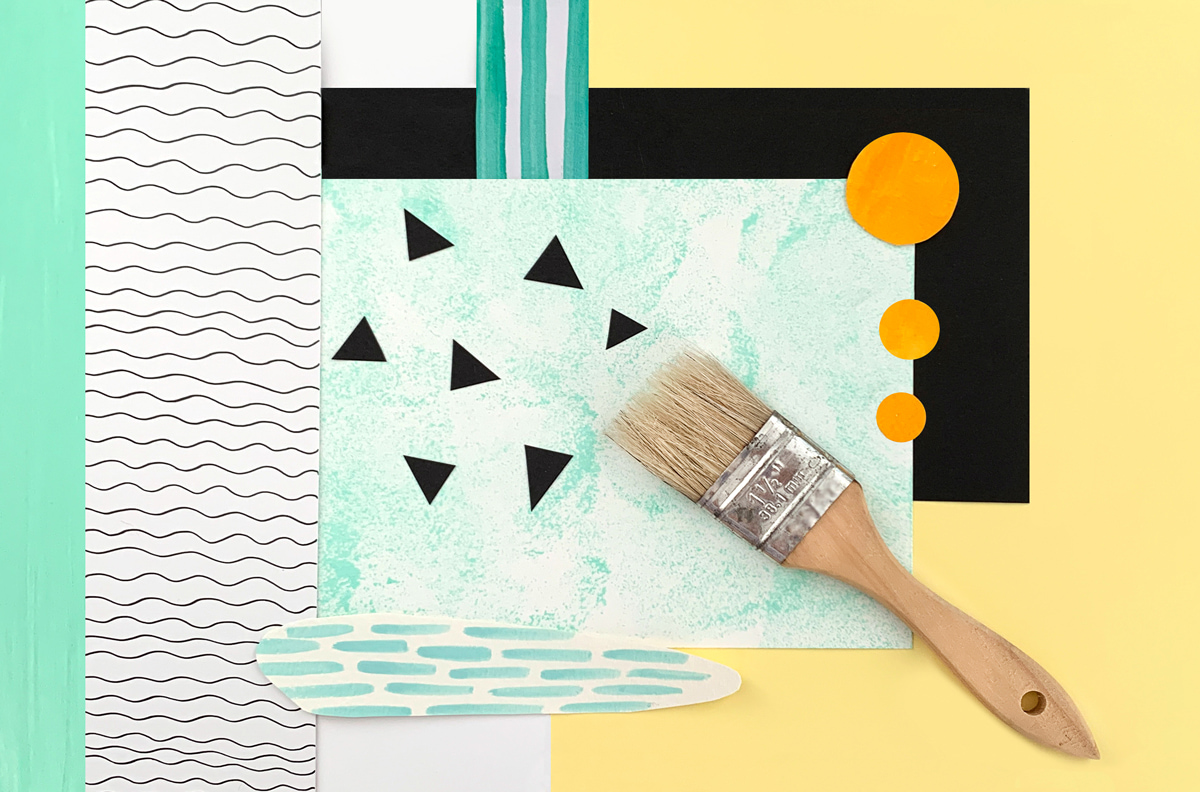
Country

Wish List

Imagine yourself in the following situation: you want to put a beautiful wallpaper on one of your walls, perhaps even hang it yourself, but the wall is textured with a grain-like surface at places too rough for your liking. Does it make sense to wallpaper such a wall? And how smooth should the wall be for wallpaper installation? Let’s take a look.
Wall plasters sometimes have a textured surface that is quite absorbent and, therefore, has to be properly treated with a primer prior to wallpaper installation. The reason for this is that the plaster contains large grains of sand. Just by looking at the wall, you can tell its surface is more open and will need to at least be sealed off with a primer.
Is it worth it to wallpaper a “popcorn” wall or should you first make sure its surface is smooth? If yes, how smooth is smooth enough? First, keep in mind that it’s a bit more difficult to wallpaper a textured wall like this. Especially if you will be wallpapering alone, you want to make sure you can hang your wallpaper without complications.
It all starts with the mixing of the wallpaper paste. It’s better to prepare a thicker, more dense paste than you would otherwise prepare for a regular, smooth wall. Follow the “how to mix” instructions of the wallpaper paste, but use either a little bit less water or a little bit more paste while mixing. Once the paste is ready, start applying it where the first wallpaper panel will be placed. Then, while applying the panel make sure to press the wallpaper material harder than usual against the wall. Simply press harder on the smoothing tool you use to smooth out the wallpaper as you push out any air bubbles from underneath. By doing this, you allow the wallpaper to attach itself better to the wall’s grain-like surface as the material comes in contact with parts of the wall between the wall’s “grains”.
One disadvantage of this process is the fact that if the sand grains are too large, they will get pressed into the wallpaper material and their texture will be visible on the finished wallpaper. Here, you could ask yourself what happens if you don’t press the wallpaper that hard against the wall while applying it? If you avoid doing that, the wallpaper will probably not get properly attached to the wall and will end up peeling off in places sooner or later. In such a case, you can use a little bit of water to reactivate the paste at the place where the wallpaper peeled off and reattach it to the wall by pressing on it — but this is something you would rather avoid altogether.
If your wall is too grainy, it’s probably better to refine its surface before wallpapering. Especially if you are aiming for a long-lasting result with your new mural. You want its subsurface to be in a suitable state for wallpaper application. In that case, you should use a grinding mesh to grind the wall down. Then, ideally, also apply a putty (with very fine grains), lastly, grind it down again. This is how you can achieve a very smooth surface, simultaneously levelling out any unevenness the wall may contain. This process is definitely more demanding but will leave you with a perfectly applied wallpaper to enjoy for many years to come.
